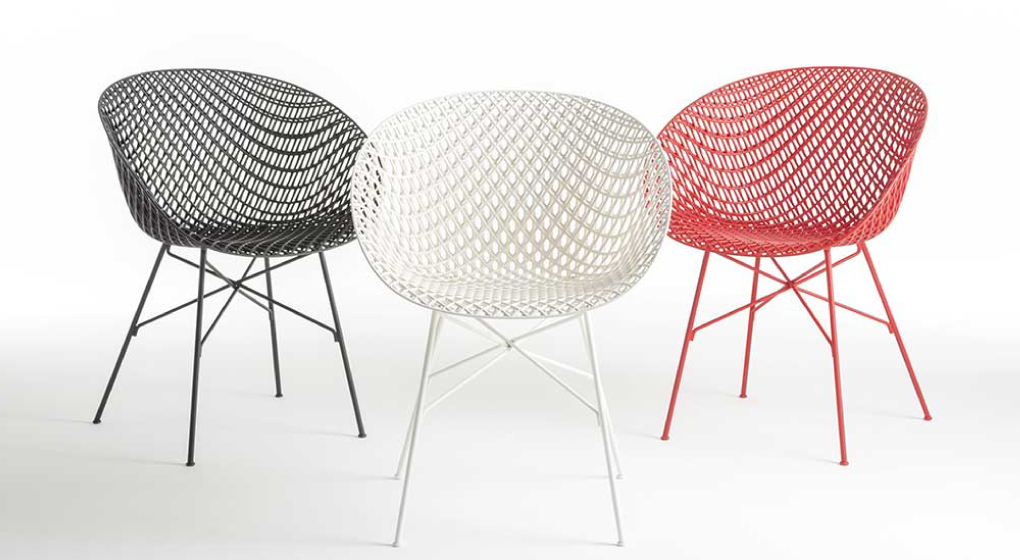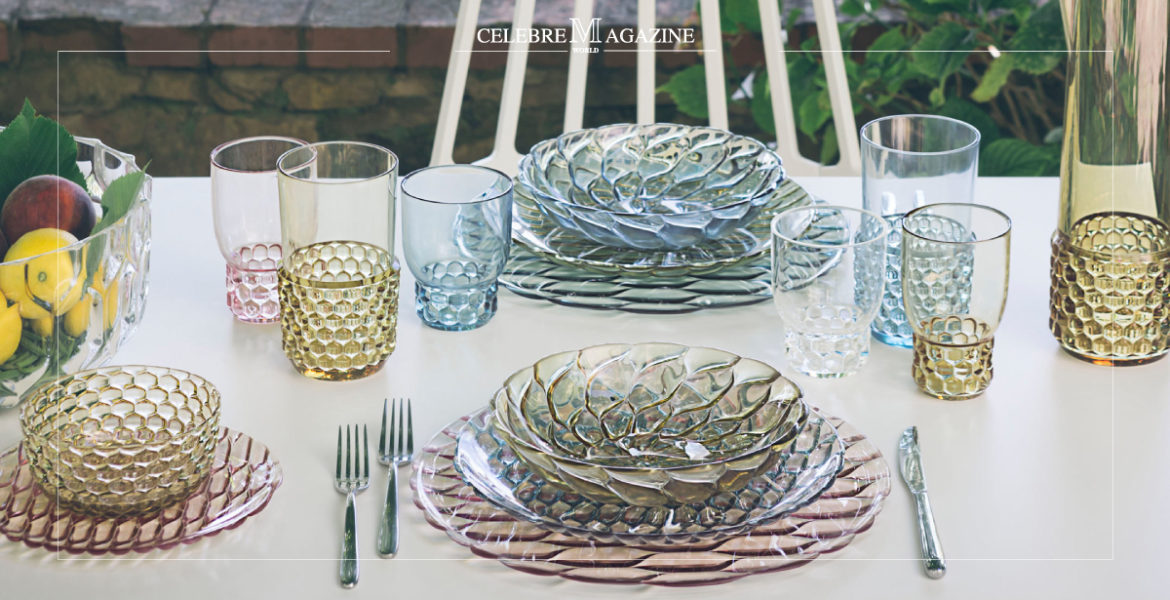Long time ago, nature was the only source for human beings to meet their essential needs. Food, clothes, shelter: everything was offered by nature or animals. Evolution and the inherent, vast leaps of technology changed the rules.
One of the most controversial materials today, plastic, was initially invented to eliminate the dependence on nature. John Wesley Hyat was the first one to create in 1869 the first prototype of plastic, a synthetic polymer, to replace the ivory’s need. But it was in 1907 that Leo Baekeland invented Bakelite, a fully synthetic plastic, “the material of a thousand uses.”

Versatility and a wide ragne of other properties (durability, heat resistance, and flexibility), brought this material to the attention of manufacturers across all industries. One young man, in particular, was determined to disrupt the way it was previously used. Giulio Castelli, an Italian chemical engineer, who had the privilege of working with the Nobel Laureate Giulio Nata, perfectly understood the many possibilities that plastic could offer through its versatility. That is why, together with his wife, architect Anna Castelli Ferrieri, one of the first women to graduate from the Milan Polytechnic Institute, founded the Kartell Company in 1949.

The first years of Kartell, from 1949 to 1958, were dedicated to the production of car accessories, household goods, lighting equipment and laboratory items. And in 1963 with the Habitat Collection, it was time for furniture and furnishing to make their way into Kartell.
Anna and Giulio Castelli focused on design and technological research, understanding that plastic needed an identity it did not hold before its production, unlike wood or metal, for example. That is why their products needed to make a powerful impact, an effect that could only be achieved through constant research and improvement of the material.

The most moment in Kartell’s history came in 1999. Years of research paid off and Kartell became the first company to use polycarbonate in the production of furniture.
Their innovation has prompt the creation of the iconic La Marie Chair, a transparent piece of furniture with a minimal glossy aspect. La Marie chair was the pioneer project that led to other pieces of furniture, like the Louis Ghost chair, which became the most broadly sold chair in the world. Kartell became such a revelation for the furnishing universe, that famous designers like Philippe Starck, Patricia Urquiola, Ferrucio Laviani and Piero Lissoni, among many others, were attracted and challenged by working with this new material. They started collaborating with Anna and Giulio, adding even more value to the company.

After a long life of achievements and innovations Anna and Giulio, at the time in their 70s, decided to pass the baton to their son in law Claudio Luti in 1988. Kartell began another era, following the same path of success and revolutionary visions.
Today Kartell means, more than ever, technological breakthroughs and constant improvement. It is clear that Anna and Giulio Castelli’s legacy could only be entrusted to Claudio Luti. Perhaps the perception about plastic is still controversial. But one thing is for sure: Kartell proved that plastic can achieve perfection, and its echo will be heard long into the future generations.
Enjoy even more @ Kartell
by Claudia Ciclovan

